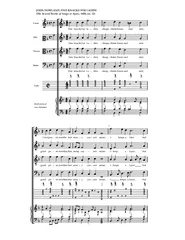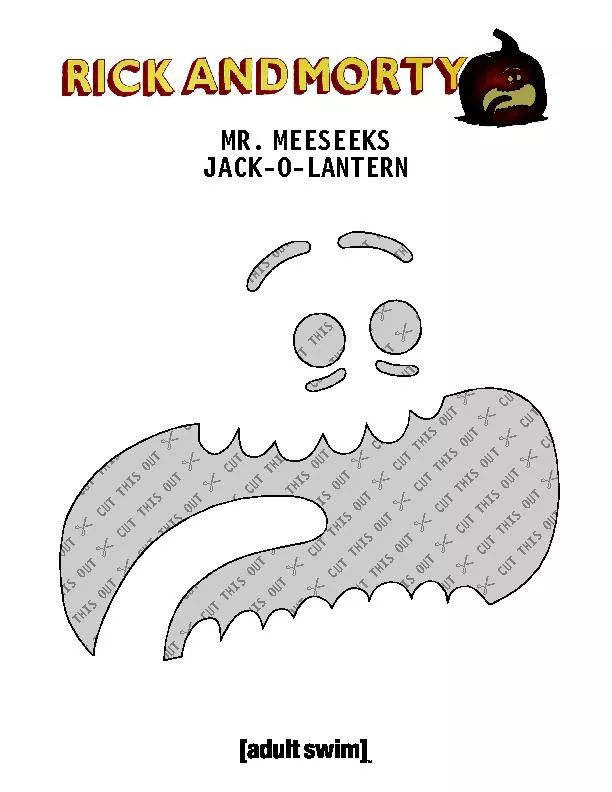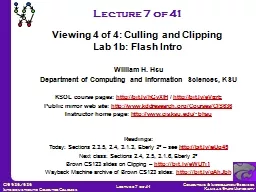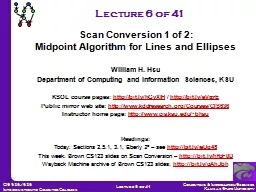PPT-I know these are way too many slides. I will cut them down a bit but want them all available
Author : test | Published Date : 2018-11-10
UCNS Review Course High Yield Images Stephanie J Nahas MD MSEd FAHS FAAN Associate Professor of Neurology Director Headache Medicine Fellowship Program Assistant
Presentation Embed Code
Download Presentation
Download Presentation The PPT/PDF document "I know these are way too many slides. I ..." is the property of its rightful owner. Permission is granted to download and print the materials on this website for personal, non-commercial use only, and to display it on your personal computer provided you do not modify the materials and that you retain all copyright notices contained in the materials. By downloading content from our website, you accept the terms of this agreement.
I know these are way too many slides. I will cut them down a bit but want them all available: Transcript
Download Rules Of Document
"I know these are way too many slides. I will cut them down a bit but want them all available"The content belongs to its owner. You may download and print it for personal use, without modification, and keep all copyright notices. By downloading, you agree to these terms.
Related Documents














